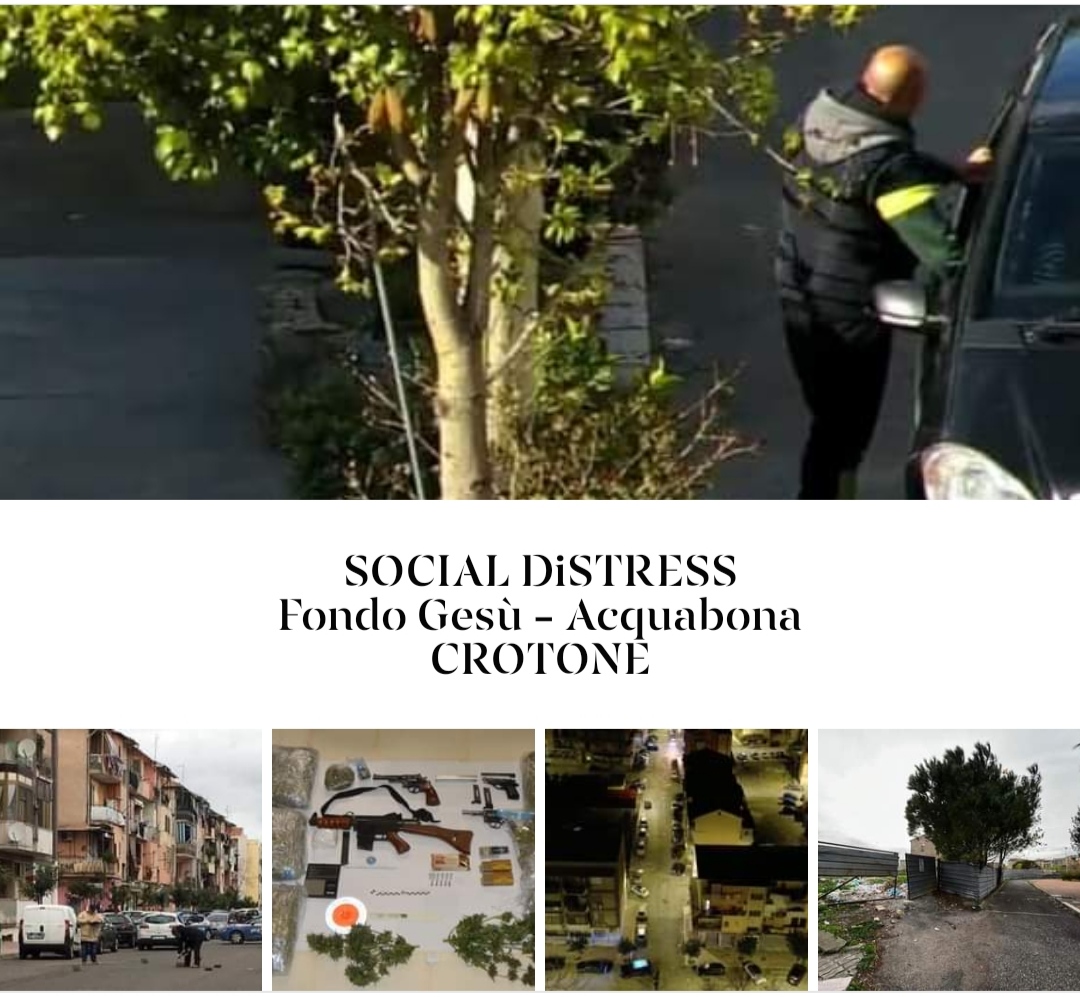
They call it "affordability", that is the relationship between housing costs and economic capacity, a fundamental element for the creation of an urban regeneration that considers the house as an asset for a city founded on social justice. Social housing in Italy represents 3.8% of the total housing stock, a percentage still low compared to national needs and the scenario in force in other European countries (Dynam.Inf., fig.1). In fact, Italy fails to reach the European average of 6% and ranks behind France, Denmark and the Netherlands, which have dedicated more than 10% of structures to social housing. The Istat data for 2021 show an Italy socially divided into three parts, and it is precisely the home that is the discriminating element: 89% of the population lives in homes owned; 20.5% occupy house for rent; the remaining 8.7% lives in houses granted free of charge and in usufruct, the vacant housing amounted to 7%. (Dynam.Inf.,figure 2). Despite the existence of programmes to tackle the growing housing problem, the scale of the phenomenon described by the data seems to be much wider than the scope of the policies implemented, as shown by the second Report on housing problems in the year 2022 drawn up by the Calabria Region, a region where according to Istat data 10.7 percent of the population of Calabria is over 75 years old. (Dynam.Inf., fig.3). The project monitored by the Future builders team is "Works to complete 14 accommodation in Gesù in the municipality of Crotone", a project that is part of the European Regional Development Fund, 2014-2020 programming cycle. The programmer is the Calabria Region; actuator and beneficiary the ATERP which manages 46.46% of housing (Dynam. Infog, fig. 4). The specific objective of the project is the reduction of the number of families, with particular social and economic fragilities, that are in conditions of housing hardship. The buildings in fact persist in an area of the city of Crotone characterized by serious social hardship, located as they are between the Rom district of Via Acquabona, ended up in the center of numerous judicial investigations, among other things for drug dealing near the main high schools of the city, and Fondo Gesù, popular area characterized by a high crime rate, including minors (report image). The start of this project was scheduled for 29 September 2015, the end for 10 October 2019 (Dynam. Inf. Fig. 12). However, despite spending 657,350.50 euros, against a financing of 1,248,005.50 euros, the works were never completed (Dynam.inf.,fig.10-11). The project process is complex, as reported in the "Annual Report from 2012 to 2014 of the Aterp of the province of Crotone" published in the minutes of 29 June 2017 of the Regional Council of Calabria. In 2008, 28 houses were being tested and built in Località Gesù. The works of the original project were contracted to Ati Cortese-Stirparo. Due to the failure of the company, however, the contract was terminated, which was entrusted to 3G Construction of Cotronei. As part of the original financing remained in place, the Office prepared a preliminary project for the construction of works to secure the 14 dwellings already built, with partial completion of the remaining buildings. The project, to date not concluded, has been contracted out to 2c Costruzioni, a firm finished in 2023 at the center of the investigation Wisteria-Acheronte of the Catanzaro District Anti-Mafia Directorate, since its de facto administrator is accused of disturbance of auction with aggravating mafia (Static inf.). The same RUP of the monitored project, director of the technical service of the Crotone district of Aterp Calabria, is investigated because he allegedly assured contracts to companies related to him. Yet, as reported in the Official Gazette of 17 December 2014, the tender provided for a protocol of understanding signed between local authorities and the Prefecture of Crotone precisely for the strengthening of the conditions of legality. On the other hand, illegal conduct seems to have predominated. The houses that are not in good condition, such as 51.33% of public building in Calabria (Dynam.Inf., Fig. 6) were also illegally occupied. A pity, also in the light of what is foreseen in the NRPV , in a territory where a great demand for social housing emerges, due to the shortage of work and the economic crisis, (Dyn,Inf. fig8) The families that are in a state of relative poverty in the region are 30.6 percent compared to 11,8 percent in Italy, but even if social housing continues to be the privileged ground of anti-mafia investigations, it is clear that social justice is certainly not the winner.














